Introducing Hack Pack - DIY Robot Subscription Box By Mark Rober
- Samantha Peers
- Oct 9, 2024
- 5 min read
Updated: Dec 17, 2024

Exploring CrunchLabs' Hack Pack: A Deeper Look
Hack Pack, a new subscription box from CrunchLabs, is designed to engage teenagers and adults (ages 14+) in the exciting world of robotics and engineering. Created by Mark Rober, known for his popular YouTube videos and engineering feats, Hack Pack provides hands-on learning experiences similar to those offered by KiwiCo Labs for younger audiences. Both STEM subscriptions boxes share the common goal of making STEM education accessible and enjoyable for different age groups, as we discussed earlier.
Here's what makes Hack Pack unique:
Bi-monthly Delivery: Unlike KiwiCo Labs, which ships monthly, Hack Pack boxes arrive every two months, providing a more extended project timeline.
Programmable Robot Builds: Each Hack Pack box comes with all the necessary parts and instructions to build a fully functional programmable robot. These robots draw inspiration from Mark Rober's innovative YouTube builds, offering subscribers a chance to recreate and learn from his engineering expertise.
Accessibility for All Skill Levels: The robots are designed with ease of construction in mind, making them suitable even for individuals with no prior coding experience. Pre-programmed code allows the robots to function immediately upon assembly, ensuring a rewarding experience from the start.
Hacking for Advanced Functionality: Hack Pack encourages subscribers to go beyond basic assembly and "hack" their robots to unlock new capabilities and personalize their functionality. This hacking system operates on three levels:
Level 1: Swap pre-programmed code for verified hacks, introducing new features without requiring in-depth coding knowledge.
Level 2: Modify key variables within the code to customize aspects like speed or password length, providing a taste of code manipulation.
Level 3: Full access to the code allows experienced coders to make any desired changes, unleashing boundless creativity and customization potential.
Supportive Community and Resources: Hack Pack fosters a learning community through a forum where subscribers can seek assistance, exchange ideas, and share their hacking achievements. An AI chatbot, aptly named Mark Robot, provides code verification and guidance, further supporting subscribers in their hacking endeavors.
Engaging Learning Experience: Each Hack Pack box includes a video featuring Mark Rober himself. This video guides subscribers through the robot construction process and delves into the underlying engineering principles, offering valuable insights and knowledge.
The Platinum Diploma and Ultimate Prize: To add an element of excitement and opportunity, a randomly selected Hack Pack box will contain the coveted Platinum Diploma. The lucky recipient of this diploma receives a remarkable reward: free college tuition and a visit to CrunchLabs for a brainstorming session with Mark Rober and his team.
Hack Pack provides a unique opportunity to learn about robotics and engineering through hands-on experience. By combining pre-programmed functionality with the potential for hacking and customization, Hack Pack caters to a wide range of skill levels, encouraging both beginners and experienced makers to explore and expand their engineering knowledge.
Build Box vs. Hack Pack: Key Differences
Here's a breakdown of the main differences between CrunchLabs' Build Box and Hack Pack, based on the provided sources:
Target Age Group: Build Box is designed for kids aged 8-13, while Hack Pack is for teens and adults aged 14 and up. This suggests that the projects and challenges within each box are tailored to different developmental stages and skill levels.
Shipping Frequency: Build Box ships monthly, meaning subscribers receive a new project every month. Hack Pack, on the other hand, ships every two months. This difference might indicate that Hack Pack projects are more complex and require a longer time investment.
Project Focus: While the sources don't explicitly detail the contents of Build Box, the description of Hack Pack highlights a focus on programmable robots. This suggests that Build Box might encompass a broader range of STEM projects, whereas Hack Pack specializes in robotics and coding.
Hacking and Customization: Hack Pack emphasizes the ability to hack and customize the robots. It offers three levels of hacking, allowing subscribers to modify pre-programmed code, adjust variables, and even access the full code for advanced customization. The sources don't mention this feature for Build Box, suggesting it might not be a primary element.
Community and Support: The sources highlight Hack Pack's online community forum and AI chatbot designed to assist subscribers with hacking and troubleshooting. This suggests a more collaborative and interactive learning experience for Hack Pack subscribers. The sources don't mention similar community features for Build Box.
Special Prize: Hack Pack offers a chance to win the "Platinum Diploma," which includes free college tuition and a visit to CrunchLabs to meet Mark Rober. The sources don't mention a comparable prize for Build Box subscribers.
What types of robots can be built with the Hack Pack subscription boxes?
Desktop Turret Robot: This robot functions similarly to Mark Rober's Mega Turret, featuring a 360-degree rotating base controlled by an IR remote. It can fire six darts from its barrel, either individually or in rapid succession. Refilling is simple with a magnetic snap-on barrel cartridge.
Domino Robot: This robot is designed to follow any line drawn on the ground, laying down dominoes along its path. It even knows to stop for a refill when its domino supply runs low.
Oversized Custom Label Maker: This unique robot operates with a Sharpie and a roll of masking tape, enabling the creation of custom labels.
Sand Garden Controlled with a Polar Gantry: This artistic robot utilizes a polar gantry system to create designs in a sand garden, offering a blend of technology and creative expression.
Remember that these robots are also "hackable," meaning subscribers can modify their functionality and add new features. The sources provide examples of hacking possibilities, such as password-protecting the Desktop Turret, enabling party mode, or triggering it to fire darts when a specific TV channel is turned on.
What prize can subscribers win by subscribing to Hack Pack?
Subscribers to the Hack Pack have the opportunity to win the Platinum Diploma. The Platinum Diploma comes with two significant rewards:
Free College Tuition: Winning the Platinum Diploma means that college is paid for, either for the subscriber or a loved one they choose to transfer the prize to.
Visit to CrunchLabs: In addition to free college, the winner also gets a trip to CrunchLabs, where they can spend a day brainstorming ideas with Mark Rober and his team.
The Platinum Diploma is placed randomly in a Hack Pack subscription box a few times a year. This means that not every box will have the Platinum Diploma, and winning it is a matter of chance.
What are some ways that the Hack Pack robots can be hacked?
Here are some ways that Hack Pack robots can be hacked:
Software Hacks
Password Protection: The Desktop Turret Robot can be hacked to require a password for operation. If someone enters the wrong password, the robot will let them know.
Party Mode: Similar to a game of chance, the Desktop Turret Robot in "party mode" spins around a table, creating suspense as it randomly selects a target to fire upon.
TV Trigger: This hack allows the Desktop Turret Robot to autonomously fire at a specific person when they turn on the TV. The robot's receiver would be modified to detect the TV's signal and trigger the firing mechanism.
Hardware Hacks
Intruder Detection: By adding a proximity sensor, the Desktop Turret Robot can be hacked to continuously scan a room and fire darts at any detected intruder.
Hacking Levels
The sources explain that Hack Pack offers three levels of hacking:
Level 1: Subscribers can replace the entire pre-programmed code with verified new hacks, like those listed above.
Level 2: This level allows subscribers to adjust key variables within the code. For example, they could change the turret's rotation speed or the number of digits required for the password lock.
Level 3: This level provides complete access to the code, allowing experienced programmers to make any desired changes.
Additional Support
Hack Pack provides a community forum and an AI chatbot named Mark Robot. Subscribers can use these resources to get help with their hacking endeavors and share their creations.
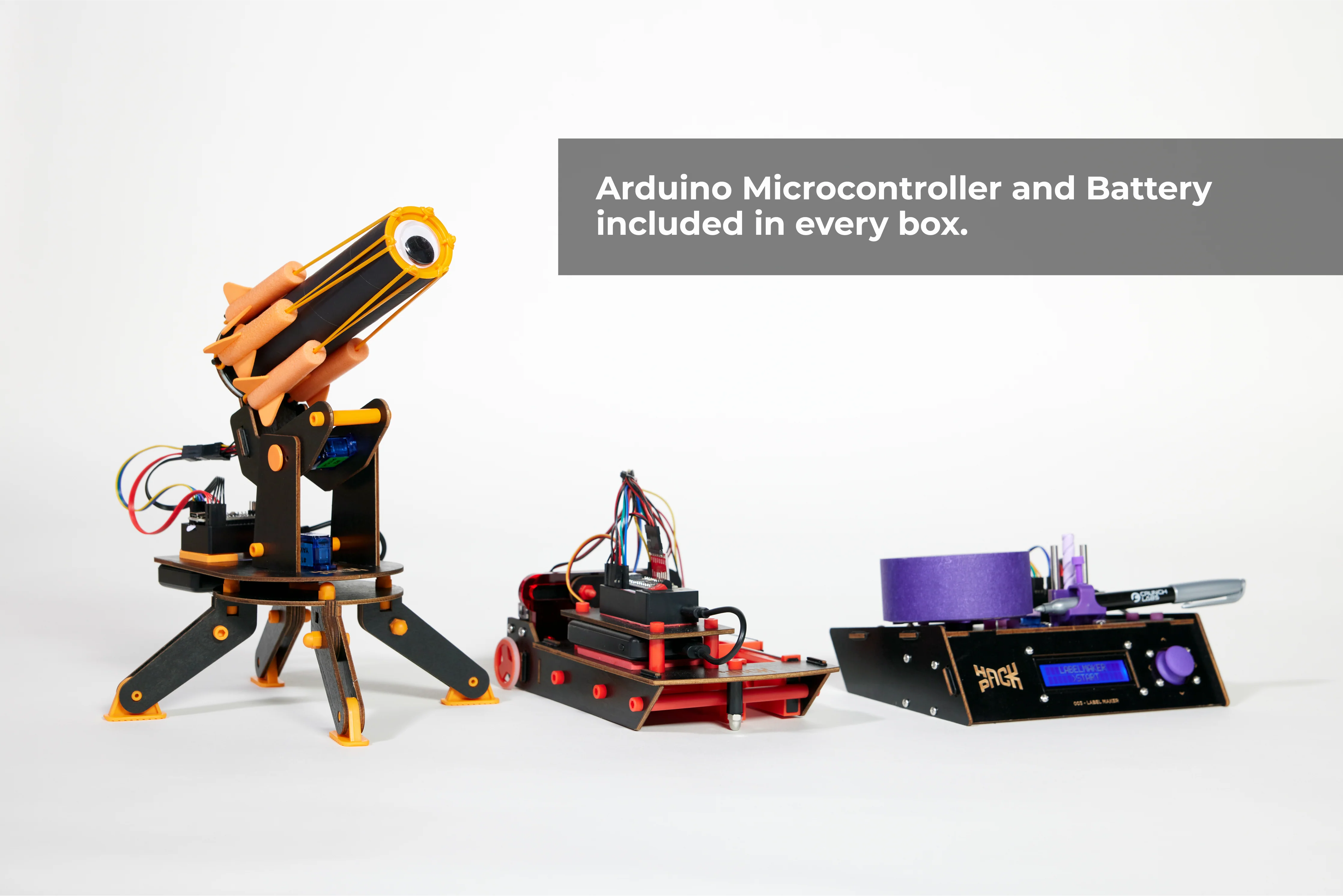
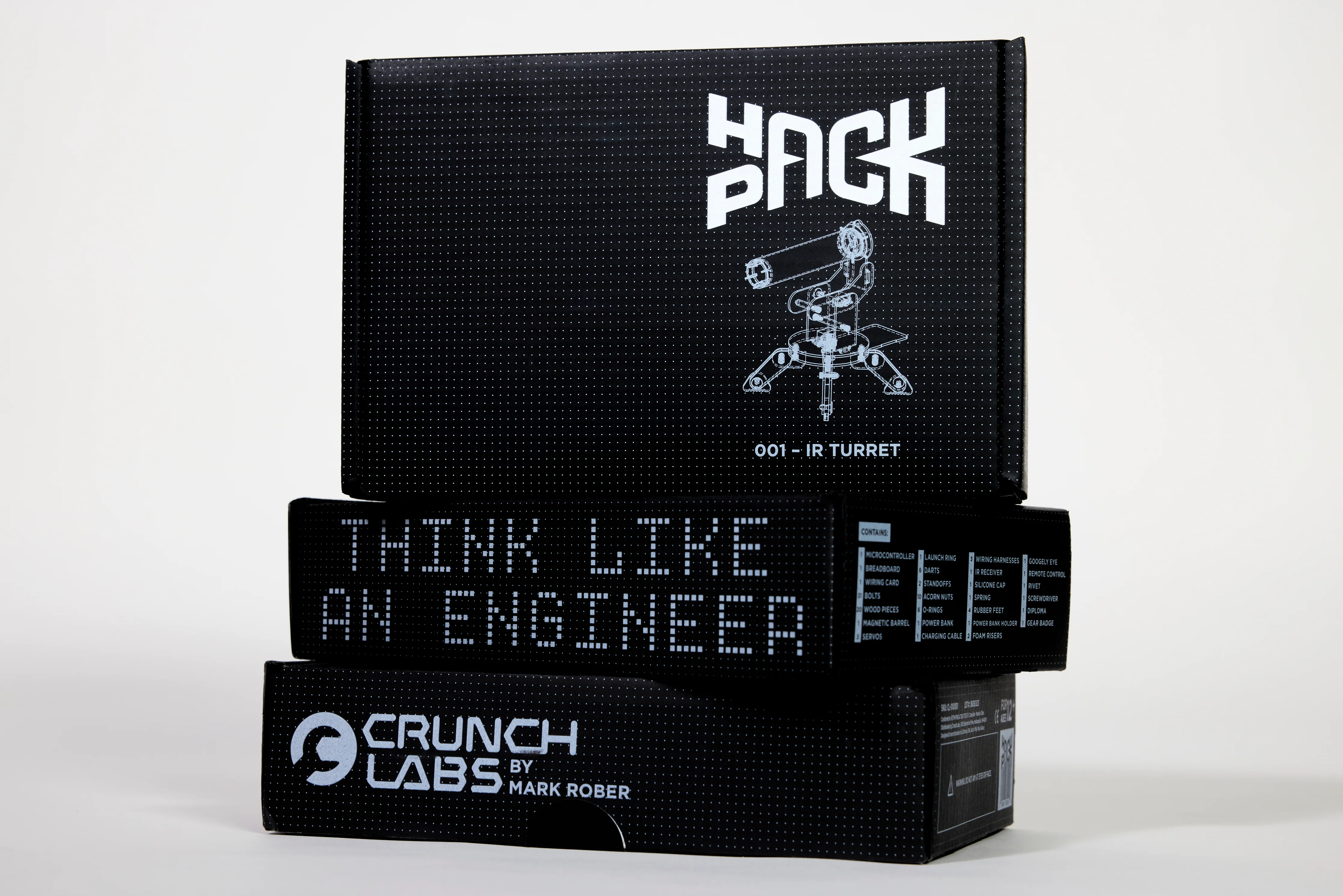
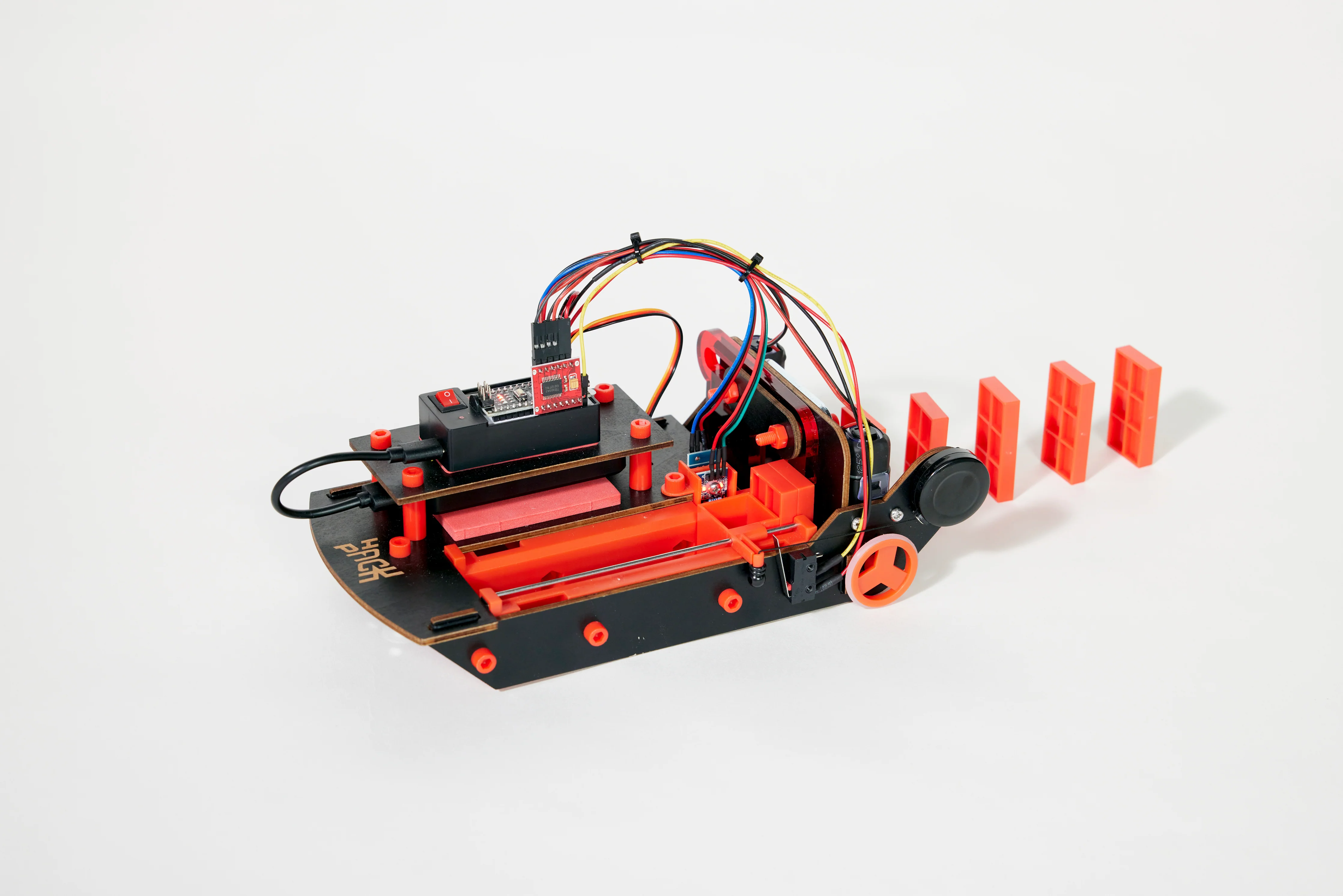
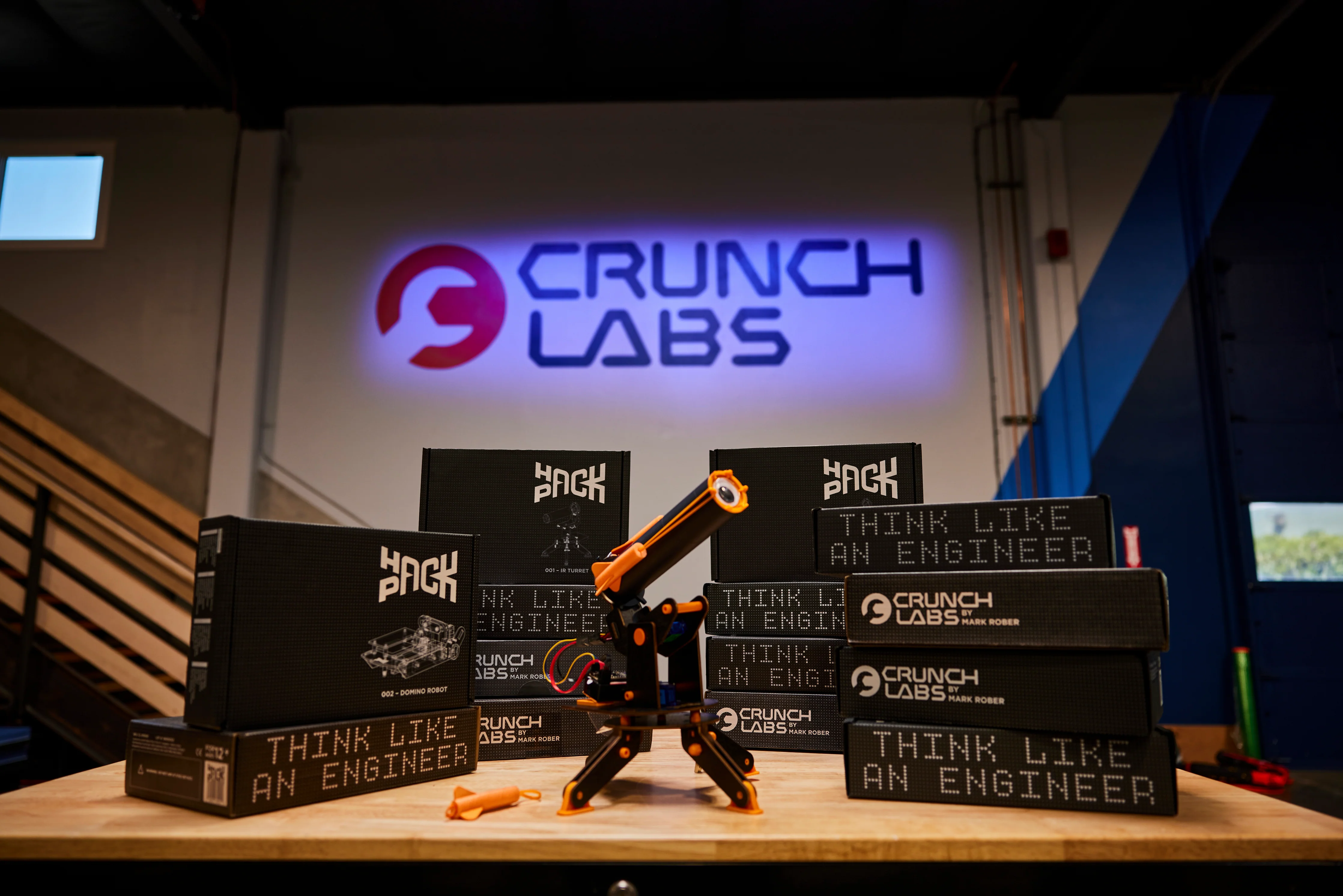
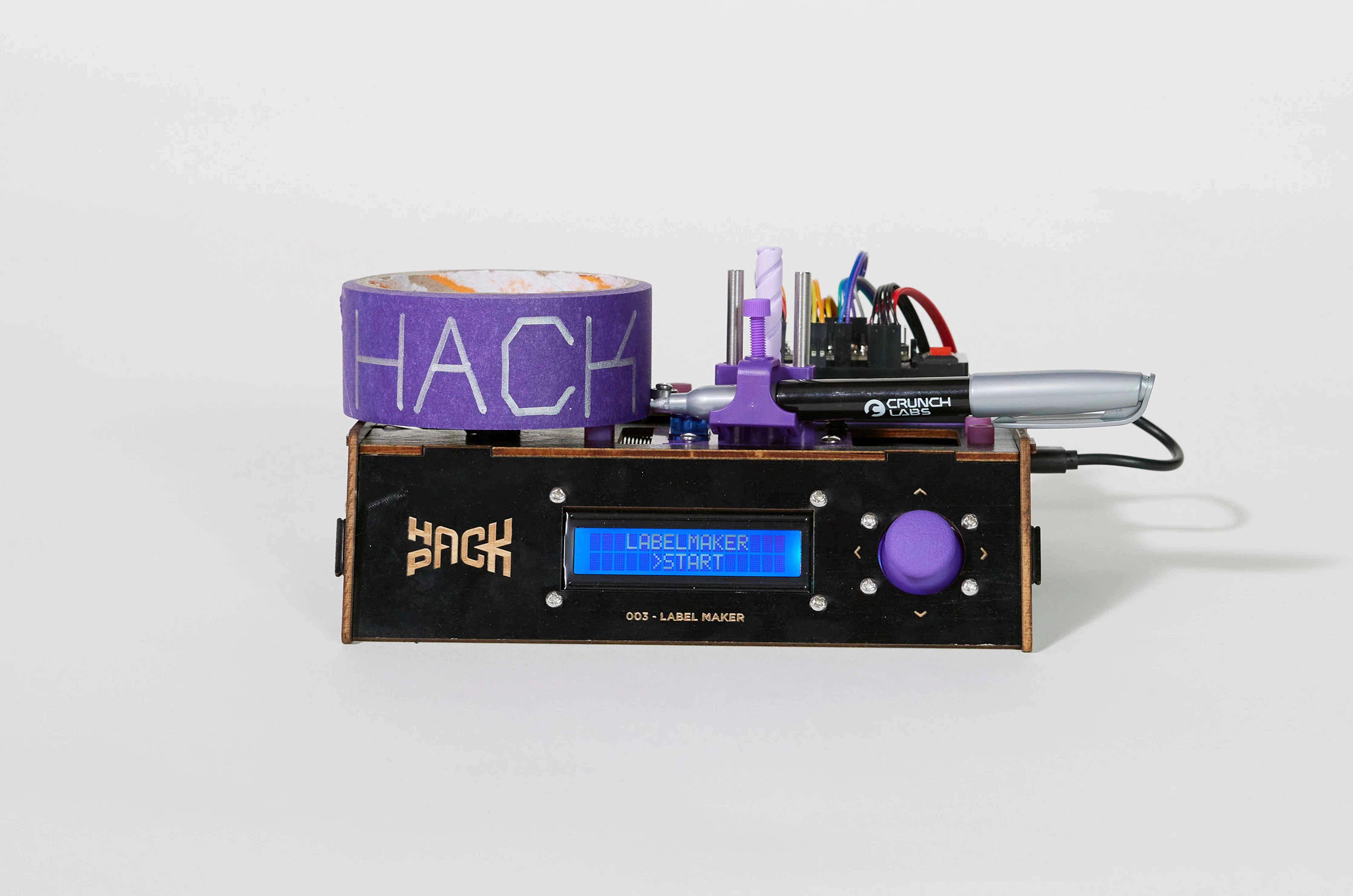
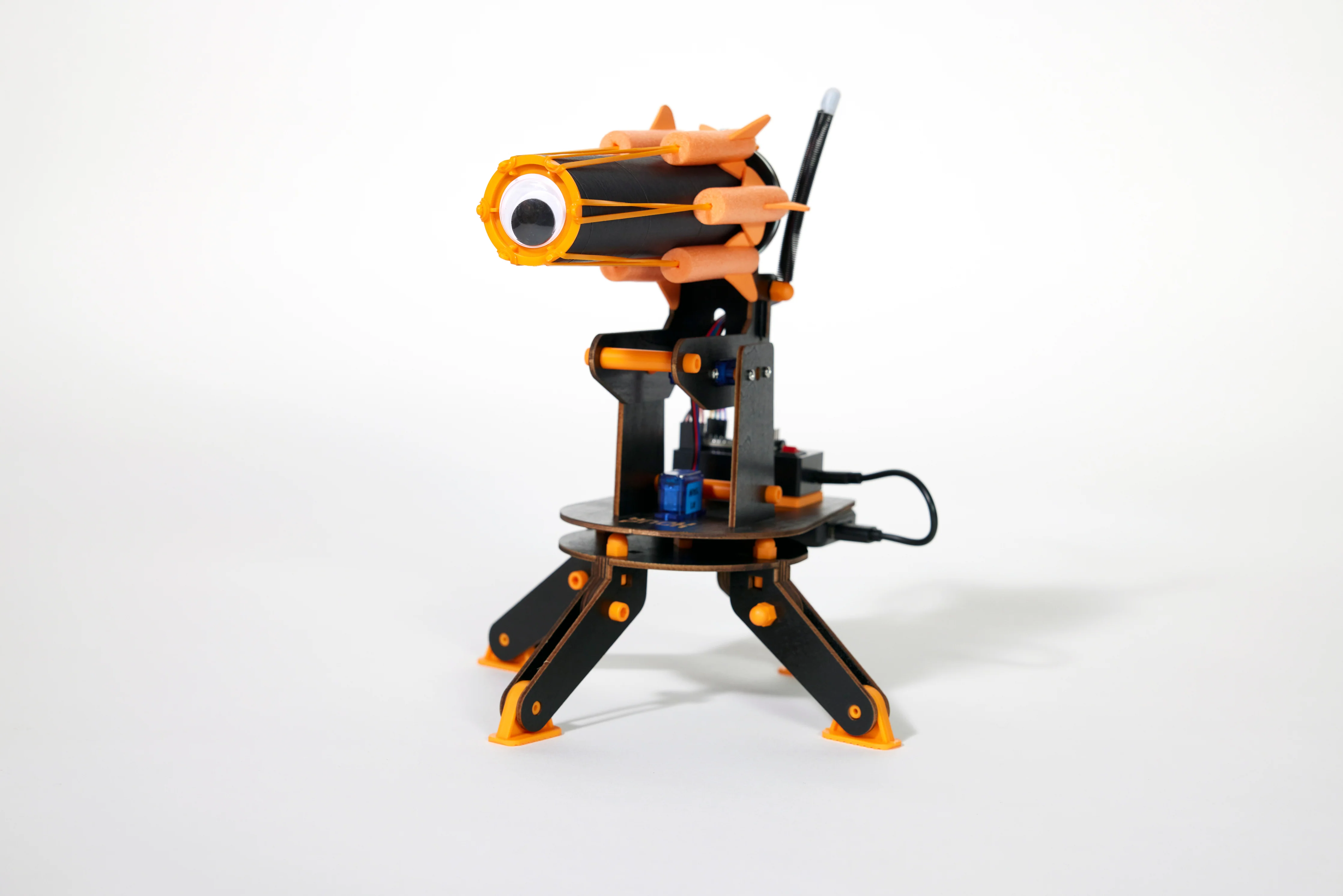









Comments